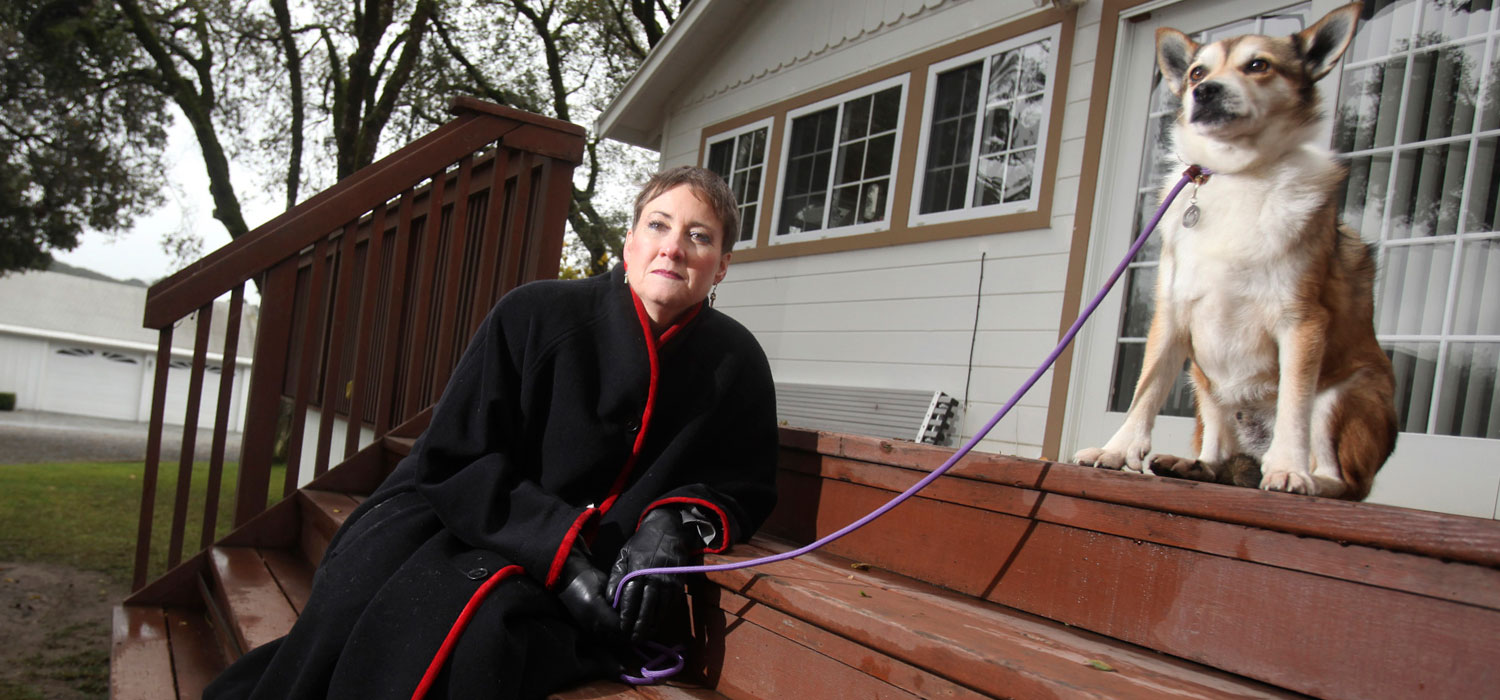
<p>Photo by Jeff Chiu/AP</p>
A housing provider told a prospective renter who called in response to an ad that she didn’t take those kinds of calls and hung up. The caller was deaf and was placing the call with a telecommunications relay service.
A prospective renter was shown apartment floor plans but the housing provider wouldn’t show him the available unit because it was still occupied. Not long after that appointment, another prospective renter responding to the same ad was shown a (vacant) unit. The first person was in a wheelchair and the second person was not.
These scenarios were documented by participants of the first national study of housing discrimination against people who are deaf or hard of hearing and people who use a wheelchair.
Discrimination in the search for housing reduces the options people have for where they live and increases the time it takes to find a place. It can affect the cost of housing when, for example, some people are told about rent specials or application fee waivers while others are not extended such offers.
Such discrimination has been illegal since the Fair Housing Act (FHA) was amended in 1988 to include disability as a protected class. Even so, complaints of disability discrimination make up the greatest share of those received by federal and local agencies.
How do you measure housing discrimination?
Discrimination isn’t always blatant, which makes it difficult to know when it happens. Paired testing is an effective tool to identify differential treatment during the housing search process. In this study, testers responded to ads for available rental housing, and we used this method to compare the experiences of people who are deaf or hard of hearing with those of hearing people and the experiences of people who use a wheelchair with those who don’t. Testers were matched on age, gender, race and ethnicity, and assigned income so that the only difference between two testers of a pair was disability status.
We conducted 1,665 remote-paired tests in 168 metropolitan areas for the deaf and hard-of-hearing component of the research. Testers called housing providers using one of three types of telecommunications relay services or the telephone. We also conducted 1,265 in-person tests in 30 metropolitan areas for the wheelchair component.
We found that:
- Housing providers are less likely to communicate with homeseekers who are deaf or hard of hearing than they are with people who communicate directly by telephone, and providers tell deaf or hard-of-hearing homeseekers about fewer available units.
- Providers are less likely to make an appointment with homeseekers who use wheelchairs than they are with ambulatory people, less likely to tell people who use wheelchairs about available apartments, and less likely to show them any units.
What can we do to reduce disability-based housing discrimination?
Differential treatment doesn’t always stem from a discernible intent to discriminate, but it can still lead to inequitable opportunities for those affected whether they are aware of the discrimination or not.
In addition to enforcement actions based on complaints and systemic paired-testing efforts, we need:
- Increased awareness of the FHA and other laws that prohibit discrimination in housing against people with disabilities, and
- Improved telecommunications relay service technologies to enable communication at or near the pace of spoken language.
Broadly, we need greater awareness among the general public of the ease with which discrimination that can occur absent (conscious) intent. From there it becomes the responsibility of all housing providers to increase awareness of any biases and commit to doing their part to ensure equal opportunity to housing.
Let’s build a future where everyone, everywhere has the opportunity and power to thrive
Urban is more determined than ever to partner with changemakers to unlock opportunities that give people across the country a fair shot at reaching their fullest potential. Invest in Urban to power this type of work.